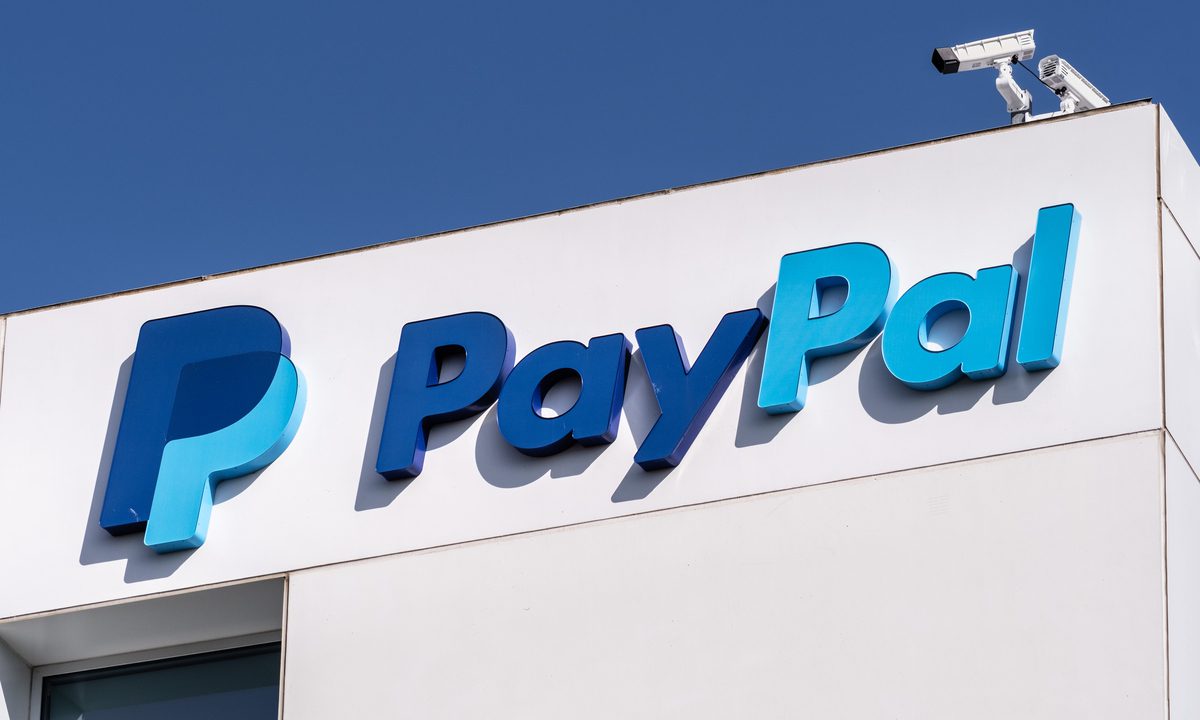PayPal’s Not-So-Subtle Super App Ambitions Point To Brewing Fight

The growth of super apps came into focus this week as PayPal Inc. executives called out the company’s plans no fewer than seven times during its second-quarter earnings call on Wednesday (July 28).
Super apps first rose to prominence in Southeast Asia and China with the likes of WeChat, Gojek and Grab. As the name suggests, these apps offer a kind of all-in-one experience where users can book a taxi, chat, buy plane tickets and order groceries and food, all from the same place. Now they’re becoming a big deal in the rest of the world.
PayPal’s concept is a little different. It doesn’t have the same social presence as those Asian powerhouses, so instead it’s looking to build a financial super app, offering a digital commerce and banking services hub with the goal of increasing user engagement within its ecosystem.
PayPal isn’t the only company that is currently looking to build a standalone super app. Notable rivals in the space include Google, with its Google Pay app, which has been aggressively expanding its capabilities via upgrades such as peer-to-peer cross-border transactions and features for public transit payments in U.S. cities in recent months. It has also formed partnerships with retailers such as Target Corp. and Safeway Inc. to create new marketing channels.
At the same time, Square last month began testing new checking and savings accounts for small and medium-sized businesses as part of its plan to take on traditional banks with a digital-first experience. It recently got a further boost when Google announced that merchants on Square, WooCommerce and GoDaddy can integrate with Google for free. In the future, brands will also be able to curate how they appear on Google through lifestyle imagery, video and interactive story formats at no extra cost.
And then there’s Facebook, the elephant in the room, which has an almost infinite user base that it’s trying to reel in with projects such as its cryptocurrency Diem, its emerging focus on “metaverse” opportunities, and the recent expansion of its Facebook Pay service to merchants to use offsite in other platforms.
PayPal’s super app plans involve deepening its ties with Venmo and its millions of active users to create a comprehensive commerce ecosystem that includes a full suite of digital services — bill payments, crypto, subscription management, direct deposit, check cashing and budgeting tools. It also wants to integrate commerce using the mobile commerce tools it obtained when it bought the shopping and rewards platform provider Honey Science Corporation in 2019.
PayPal Chief Executive Dan Schulman has, not surprisingly, become one of the biggest proponents of super apps. He told PYMNTS’ Karen Webster in an interview in April that there are too many financial apps, and that consumers want simplicity and security above all else.
Such a super app would also be able to offer a more seamless experience by leveraging behavioral insights derived from user data – somewhat ironic, as a recent study by PYMNTS found that two-thirds of consumers see value in super apps primarily because they don’t want their personal information all over the web. That suggests people are happy enough for their data to end up in the hands of just one, trusted company.
In this week’s conference call, Schulman revealed that PayPal is working on new messaging functionality outside of P2P payments, which would enable users to send a message requesting payment rather than an automated request directly through the app. At present, these conversations take place on other platforms. “We think that’s going to drive a lot of engagement on the platform,” said Schulman. “You don’t have to leave the platform to message back and forth.”
That might be enough to win users over. In payments terms, PayPal already has a commanding lead. The PYMNTS study showed that consumers’ use of “general-purpose Pays” lags behind the use of PayPal by a factor of five, and that more people use Venmo than Google Pay, Apple Pay and Zelle for P2P payments. PayPal has a strong lead in other areas, too. Its introduction of the “Pay in 4” buy now, pay later (BNPL) service, which lets consumers purchase products through installments, along with its QR code functionality, set it apart from many of its rivals.
The key takeaway here is that PayPal knows what it’s doing. The company has both the knowledge and the experience — and as its user base continues to grow, its prospects of becoming the go-to digital payments super app look far stronger than most.
